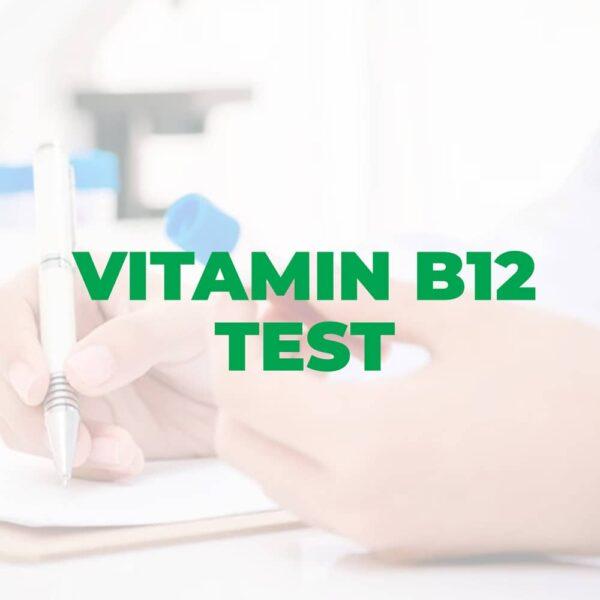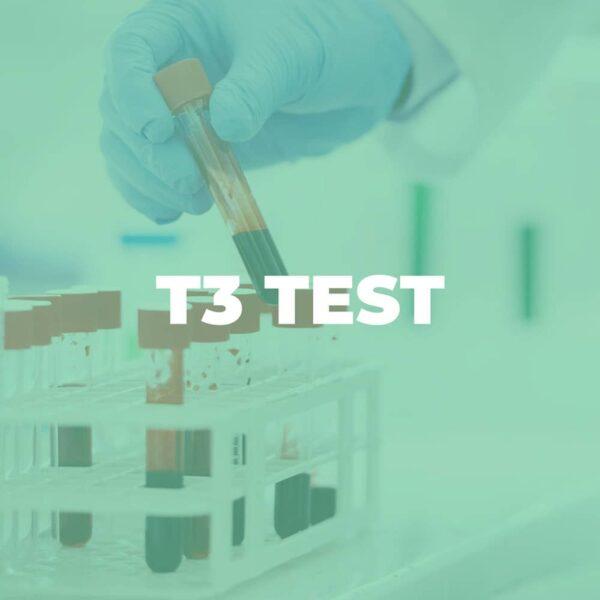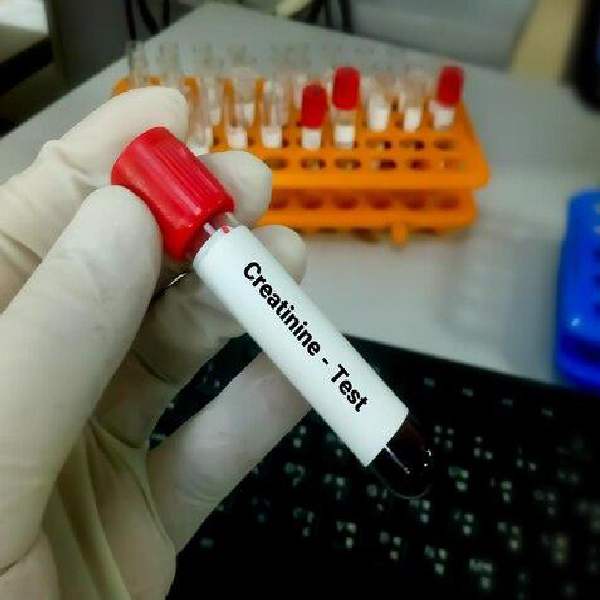What is HbA1c Test?
The A1C test—also known as the hemoglobin A1C or HbA1c test—is a simple blood test that measures your average blood sugar levels over the past 3 months. It’s one of the commonly used tests to diagnose pre-diabetes and diabetes, and is also the main test to help you and your health care team manage your diabetes.
Importance of HbA1c Test
The test measures the percentage of hemoglobin in the blood that has been coated with sugar (glycated). Hemoglobin is a protein in red blood cells that carries oxygen throughout the body.
The HbA1c test is commonly used to diagnose and manage diabetes. It is also used to monitor the effectiveness of diabetes treatment over time.
The American Diabetes Association recommends that people with diabetes have the HbA1c test at least twice a year to monitor their blood sugar control. The target HbA1c level varies depending on the individual’s age, health status, and other factors, but generally, a target of less than 7% is recommended for most people with diabetes.
Get Appointment
Purpose of HbA1c Test
HbA1c (hemoglobin A1c) is a blood test that measures the average level of glucose (sugar) in your blood over the past two to three months. It is a valuable tool for managing diabetes because it provides an indication of how well blood glucose has been controlled over time.
Preparation of HBA1C Test
- Fast or not to fast: Most HbA1c tests do not require fasting. However, if your doctor has advised you to fast before the test, make sure you do not eat or drink anything except water for at least 8 hours before the test.
- Avoid excessive exercise: Avoid intense exercise or physical activity on the day of the test, as it can affect your blood sugar levels and give inaccurate results.
- Medications: Inform your doctor about any medications or supplements you are taking as they may affect your test results.
- Hydration: Drink plenty of water before the test to stay hydrated, which helps in providing accurate results.
Understanding HBA1C Test Parameters
HbA1c is what’s known as glycated hemoglobin. This is something that’s made when the glucose (sugar) in your body sticks to your red blood cells. Your body can’t use the sugar properly, so more of it sticks to your blood cells and builds up in your blood. Red blood cells are active for around 2-3 months, which is why the reading is taken quarterly.
A high HbA1c means you have too much sugar in your blood. This means you’re more likely to develop diabetes complications, like serious problems with your eyes and feet.
Knowing your HbA1c level and what you can do to lower it will help you reduce your risk of devastating complications. This means getting your HbA1c checked regularly. It’s a vital check and part of your annual review. You’re entitled to get this test at least once a year. But if your HbA1c is high or needs a little more attention, it’ll be done every three to six months. It’s really important not to skip these tests, so if you haven’t had one in over a year contact your healthcare team.
Once you know your HbA1c level, it’s important that you understand what the results mean and how to stop them from getting too high. Even a slightly raised HbA1c level makes you more at risk of serious complications, so get all the facts here and be in the know about HbA1c.






